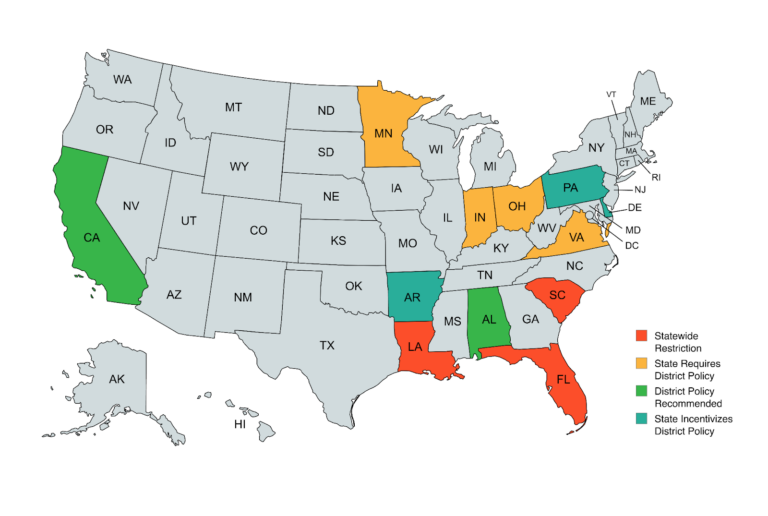My wife thinks that our schools should ban cell phones in the classroom. Or at least lock them up during school hours. She’s usually right.
I’m not so sure.
Smartphones are an inevitability for kids, aren’t they? Rather than focus on taking them away, perhaps we ought to be working harder to model good habits and strengthen digital literacy. Surely, we can find ways to put that computing power to use in the classroom.
Polling suggests that she’s closer to the consensus view. Parents seem to value the ability to connect with their children during non-class times like lunch or recess. But they also appreciate the risk of distraction or diminished attention in the classroom. Polling suggests that parents, overwhelmingly, support social media age restrictions.
No surprise, Natasha Singer’s Sunday New York Times piece struck a chord with the parents of screenagers. Russell Shaw’s Atlantic article titled “Why We’re Banning Phones at Our School” is also making the rounds.
Politicians on both sides of the aisle are taking note.
A bipartisan group that includes U.S. Sens. Katie Britt (R-AL) and Chris Murphy (D-CT) introduced legislation that would strengthen age restrictions in April.
Red states like Indiana and Florida already have cell phone bans in place.
This week, Gov. Gavin Newsom urged all California schools to take immediate action to curb smartphone use in classrooms. His back-to-school letter highlighted the negative effects of excessive smartphone use, including increased anxiety, depression, and distraction during class.
California has joined a growing list (12 in total) of states making moves to curb cell access in class with the goal of improving concentration, academic outcomes, and social interactions among students.
So, what’s your take? Let us know.
This article is sourced from the opening letter of Whiteboard Notes, our weekly newsletter of the latest education policy and industry news read by thousands of education leaders, investors, grantmakers, and entrepreneurs. Subscribe here.




